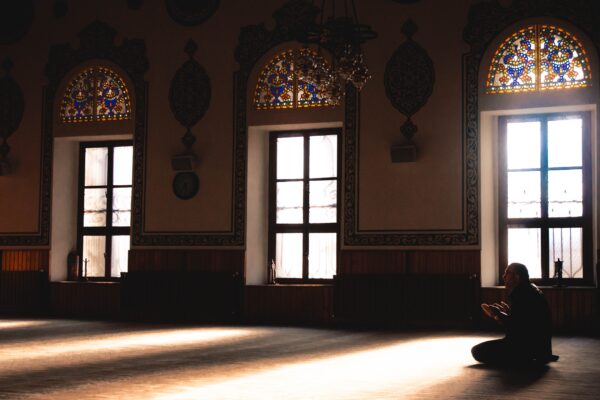The arrangement of the Quran is the best tool we have for understanding its message. This is because – as Muslims tend to believe – it was Allah Himself who inspired its compilation. Hence its compilation must be the most optimum in order to deliver its message. The text of Quran is certainly something that transcends sectarian lines. Think about it – both the Sunni and Shia sects recite Quran with the same arrangement. Both sects consider Sura At-Tawba (the so-called ninth chapter) to be a chapter in itself yet, despite this, neither sect would add a basmalah formula at its beginning. Such is the sacralisation Muslims give to the Quranic text.
This being the case, the arrangement of Quran can also be analyzed in order to see how the Quran formulates its text. As far as Quranology Institute’s analysis goes, we find the exposition of Quran ends with Chapter 56 (Al-Waqiah). When exposition ends, summarization begins. Chapter 57 (Al-Hadid) all the way to the final chapter 114 (An-Naas) are summarizations or formulations of Quran. It is arranged in this way because readers can then digest information in the best way possible.
It is for this reason, we believe, that chapters 113 and 114 (Al-Falaq and An-Naas) are the twin formulations of the Quranic notion of good and evil. These chapters are two of the shortest in Quran (five and six verses respectively) and Muslims are usually encouraged to memorize them at an early age. Yet, even in their brevity, they reach deep into Quranic philosophy. Let us analyze their content to see. We will begin with their similarities.
Both these chapters begin with the saying ‘qul’ (literally say) but on a deeper level, to adopt a particular mindset. We are to adopt the mindset of the opening phrase ‘a’udzu’ (I seek protection). It is interesting to note that this protection is sought by the single, individual reader rather than ‘na’uzdu’ (we seek protection). The protection is sought with Allah in His capacity as ‘rabb’ (nourisher and sustainer). Both chapters also tell us that the protection is from ‘sharr’ (badness or evil). This is where the similarities end though.
Chapter 113 attaches the ‘rabb’ with ‘al-falaq’ (translated as the dawn) but on a more symbolic level, refers to the light which comes to extinguish darkness (1:113). This dawn extinguishes the badness which Allah himself created (2:113). This evil is said to begin darkness by creating spaces in which it manifests (3:113) . The protection is also sought from the ‘blowers in knots’ (nafaathat fil ‘uqad) which could refer to those who prey upon the relationships and bonds between people, hoping to cause mischief (4:113). The final verse seems to build upon this by focusing on the jealous folk when they exercises their jealousness, a notable double emphasis, perhaps telling us that this is what we need to be especially mindful of (5:113).
Chapter 114 on the other hand attaches the ‘rabb’ with ‘an-naas’ , making it the lord of the people (1:114). It then mentions the phrases ‘malik an-naas’ and ‘ilah an-naas’ (the king and god of the people respectively) in 2:114 and 3:114. This triple statement perhaps shows the progression of our servitude to Allah. At first, we are servile to Allah’s lordship as He nourishes and sustains us. Then we take him as king by following His laws. Finally, we are to take him as a god to whom we emote and surrender our true selves with love. The next three verses (4-6:114) focus on the nature of the ‘sharr’. The ‘sharr’ comes in the form of a whisper by one who retreats. These whispers come in the chests of people and are from the psychic forces (jinnah) and of the people themselves.
From the above, we can see a clear formulation of evil and its response. These formulations are not meant to be something lengthy and theoretical as we have the entire Quran for that! Rather it is meant to be something we take with us in our daily lives. These brief messages in themselves can tell us how to carry forth ourselves in our daily lives.





